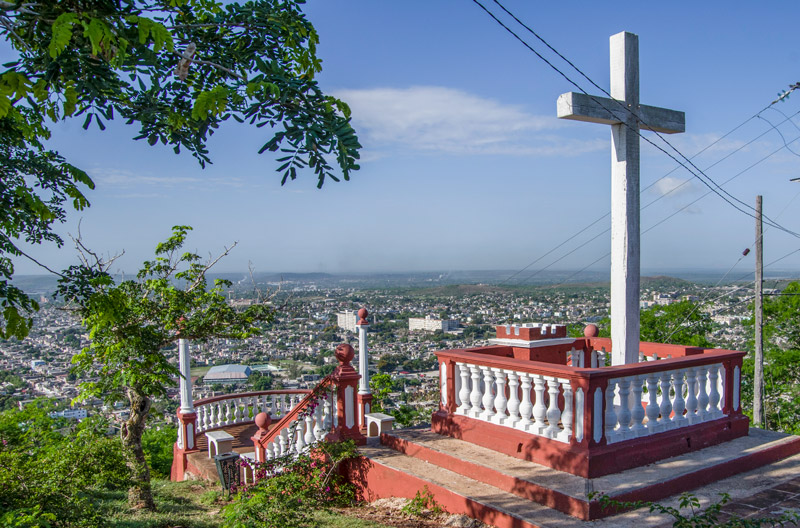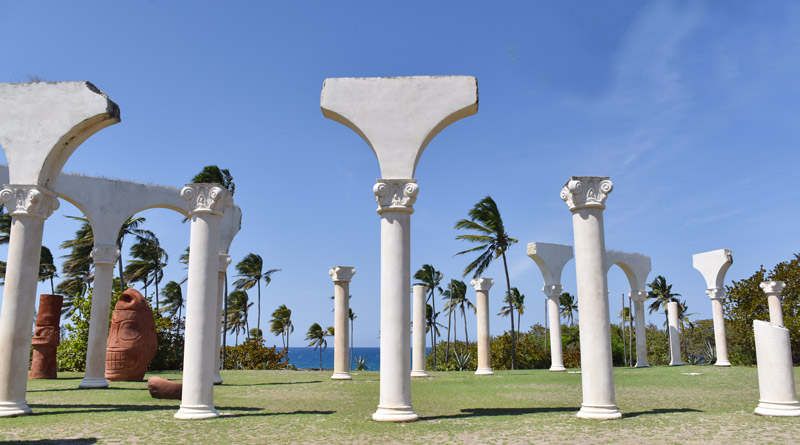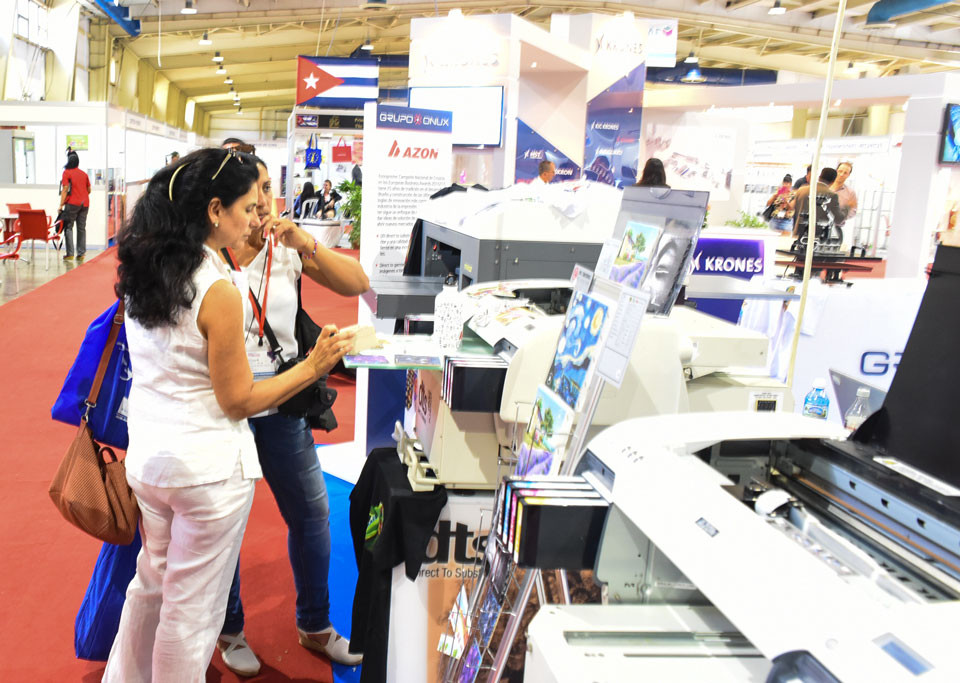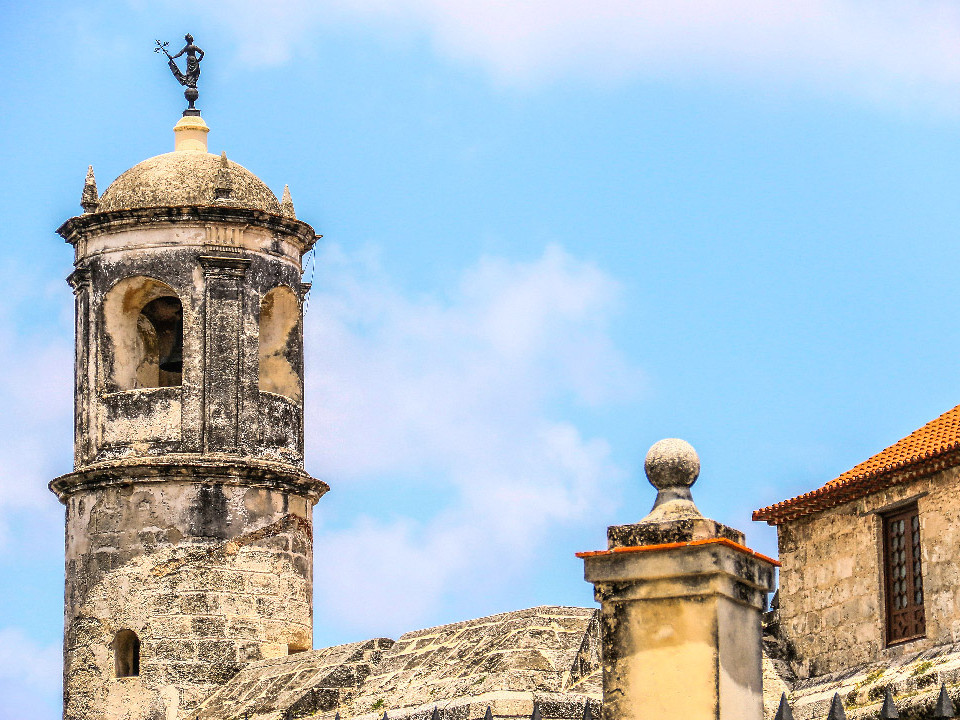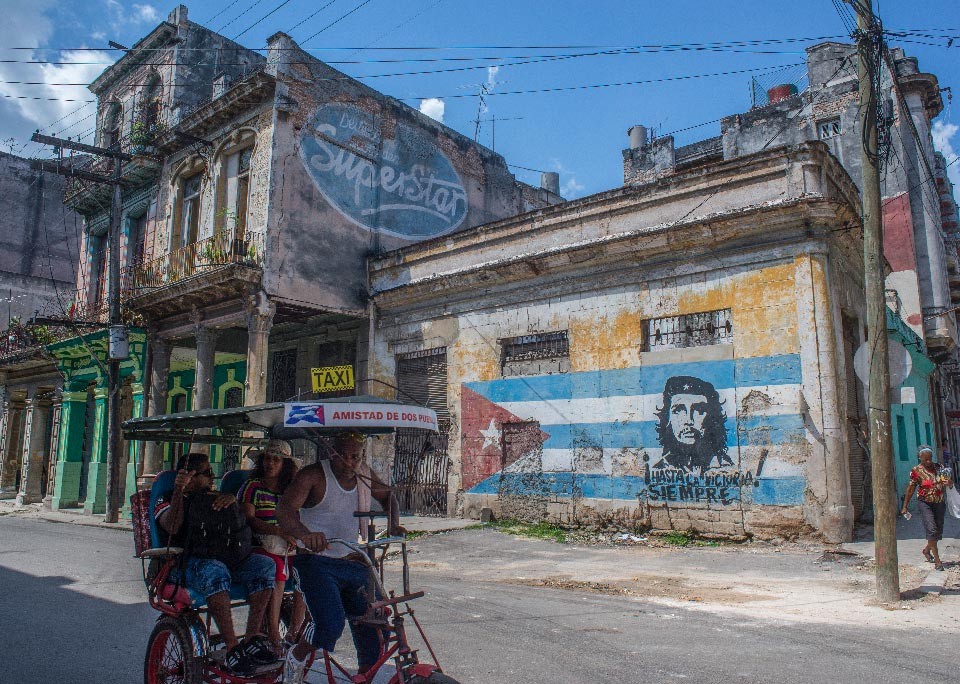From its urban parks to the sands of immense almost virgin beaches or the undulating elevations of exclusive pine forests of its terroir, HolguÃn emerges as one of the most captivating destinations of the Cuban archipelago. Thanks to its range of possibilities, it is the only destination in the country that has six different products: sun and beach (it is the country’s second destination in this product), nature, specialized health (it is the first), marine and nautical, events and city.
Full of wild and exuberant nature, now in the Sierra Cristal, now on the winding coastline of coves, small bays and sparkling beaches or on the fertile plain, the province of Holguin is located in the third Cuban tourist pole, blessed without intending by the Great Admiral Christopher Columbus, when 520 years ago he described it as the most beautiful land when arriving at the Bay of Bariay.
Just a few minutes separate the visitor who arrives at the Frank PaÃs International Airport of the beautiful Cuban city of the parks, known for its abundant backwaters of gardens and walks framed in a regular street layout, which facilitates the visitor to walk and get to know first hand the daily life of the holguineros, rich in cultural traditions and characterized by its great hospitality.




